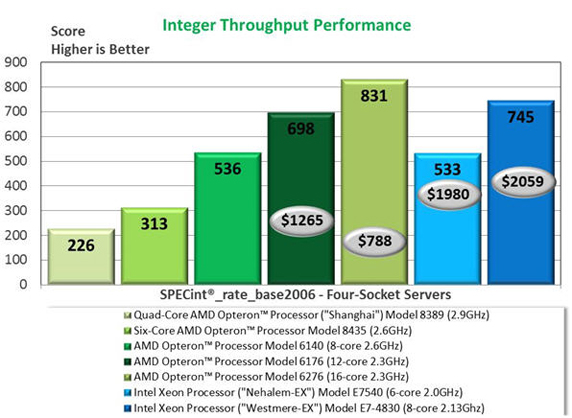Hagrid
[H]F Junkie
- Joined
- Nov 23, 2006
- Messages
- 9,163
Like software not working? or?I kind of want to go with the threadripper, but I need to go with the Intel. My workstation is quite literally my livelihood. I need to upgrade now, but throwing $3k at something as bleeding edge new as Ryzen/TR and running the risk of it not working out just isn't a viable option. I suspect there's a lot of folks in the same position who have to go with the 'safe' option.
I do hope to see Ryzen series perform well as a product, though. The market really needed the competition.
![[H]ard|Forum](/styles/hardforum/xenforo/logo_dark.png)





